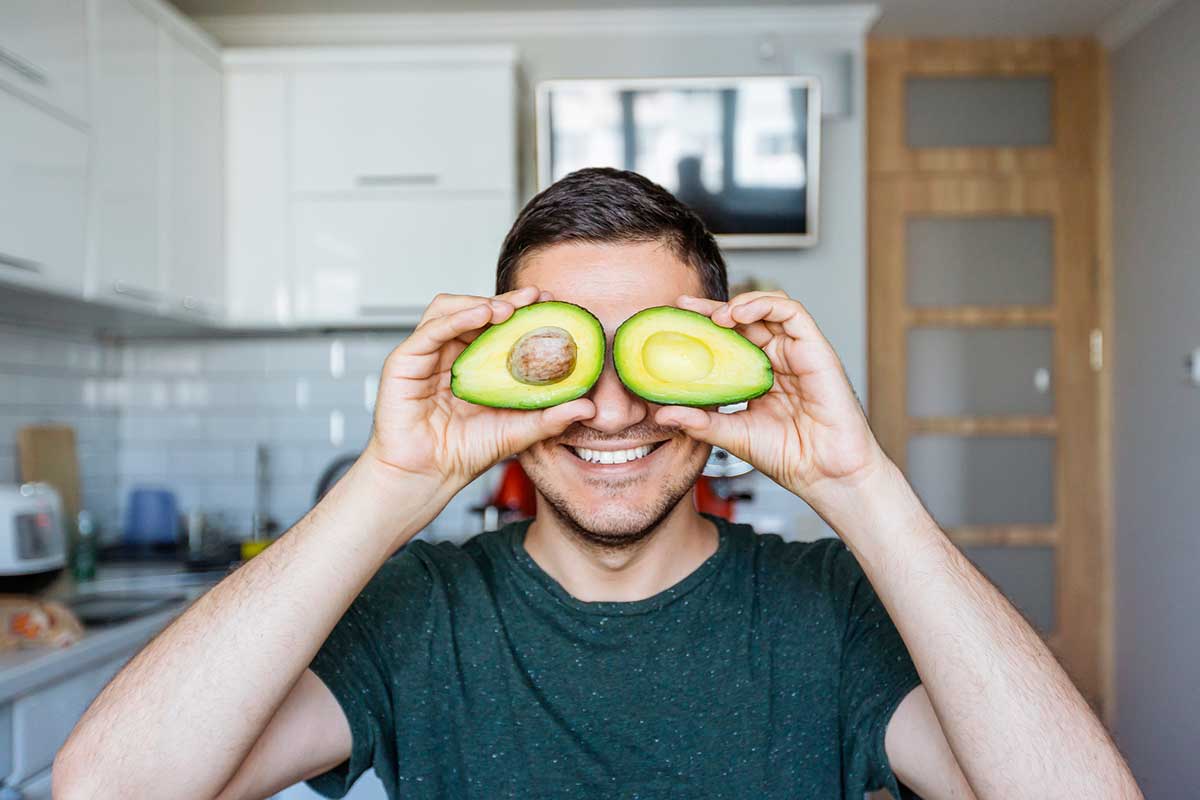Habit-linking can help you keep New Year’s resolutions
Jan 2, 2020

We’ve all gone through the cycle: we awake on January 1 with the best of intentions. But by Valentine’s Day, we’ve nearly forgotten the goals we set for the new year.
Not this year. Habit-linking could be the trick you need to finally keep your New Year’s resolutions and build good habits that last.
Build on the habits you already have
Habit-linking, also known as habit stacking, is the practice of connecting a new goal to an already ingrained pattern. For example, you probably built the habit many years ago to brush your teeth before going to bed. If your New Year’s resolution is to exercise more, link exercise to your nightly teeth-brushing. To start the habit, before you brush your teeth, perform 20 push-ups.
Over time, practicing push-ups before bed will become a new habit. You may add in squats and sit-ups. Eventually, exercising regularly will be a new habit, and you won’t need to use brushing your teeth as a reminder anymore.
What does the science say?
Several years ago, researchers began comparing the brains of newborns to adult brains. They found that adult brains had 41% fewer neurons than those of babies. Even though adults have more skills than newborns, their neurons are fewer due to a process called synaptic pruning.
Essentially, as we get older, our brain gets rid of neuron connections that aren’t being used and solidifies ones that are. For example, if you take piano lessons for 12 years, your brain strengthens those neural pathways. Alternatively, if you take a foreign language class in high school but never practice that language afterward, your mind will prune out those unused connections.
How can I get started?
Think about what habits you already have. Besides brushing your teeth, some examples could include making your bed, brewing your morning coffee, showering, opening the curtains in your bedroom, taking a lunch break or getting into bed.
Next, think about which goals you want to link to existing routines. Write these down as affirmations. For example:
- Before I make the bed, I will journal for five minutes.
- After I start my coffee brewing, I will write a list of three things I’m grateful for.
- Before I step in the shower, I will do 20 push-ups.
- After I brush my teeth, I will floss my teeth.
- Before I get into bed, I will stretch for 10 minutes.
Small changes add up
Don’t worry about making big changes all at once. Habit-linking works by training your brain to make small tweaks to your daily routine. Over time, you can scale these habits to incorporate bigger lifestyle changes. Before you know it, your daily routine will be full of healthy habits that are just as instinctive as brushing your teeth.
Related articles

The Gut-Brain Connection: How Your Mental Health Affects Your Gut Health
February 6, 2024

Gut-Healthy Foods: Eating for Your Digestive Health
February 6, 2024

How Looking After Yourself Benefits Your Whole Family
February 5, 2024